
How to Use MUX ADG708: Examples, Pinouts, and Specs
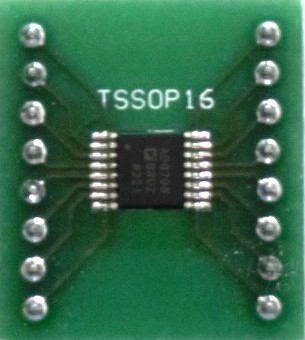
 Design with MUX ADG708 in Cirkit Designer
Design with MUX ADG708 in Cirkit DesignerIntroduction
The ADG708 is a low on-resistance, dual 4-channel multiplexer/demultiplexer manufactured by Analog Devices. It is designed for switching analog signals with minimal distortion and high-speed operation. The device is ideal for applications requiring precise signal routing, such as audio, video, and data communication systems. Its low on-resistance and high linearity make it suitable for high-performance analog signal processing.
Explore Projects Built with MUX ADG708
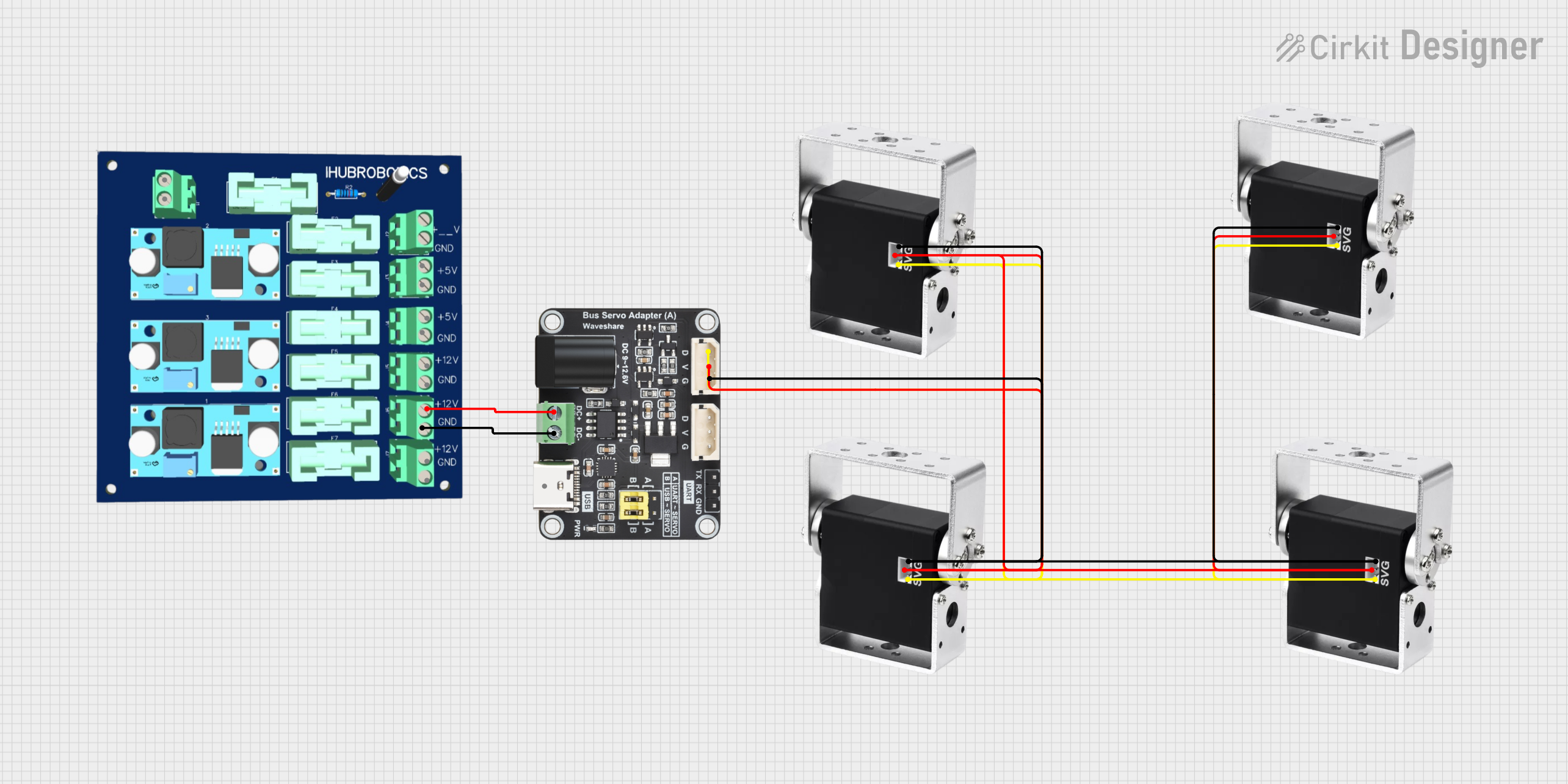
 Open Project in Cirkit Designer
Open Project in Cirkit Designer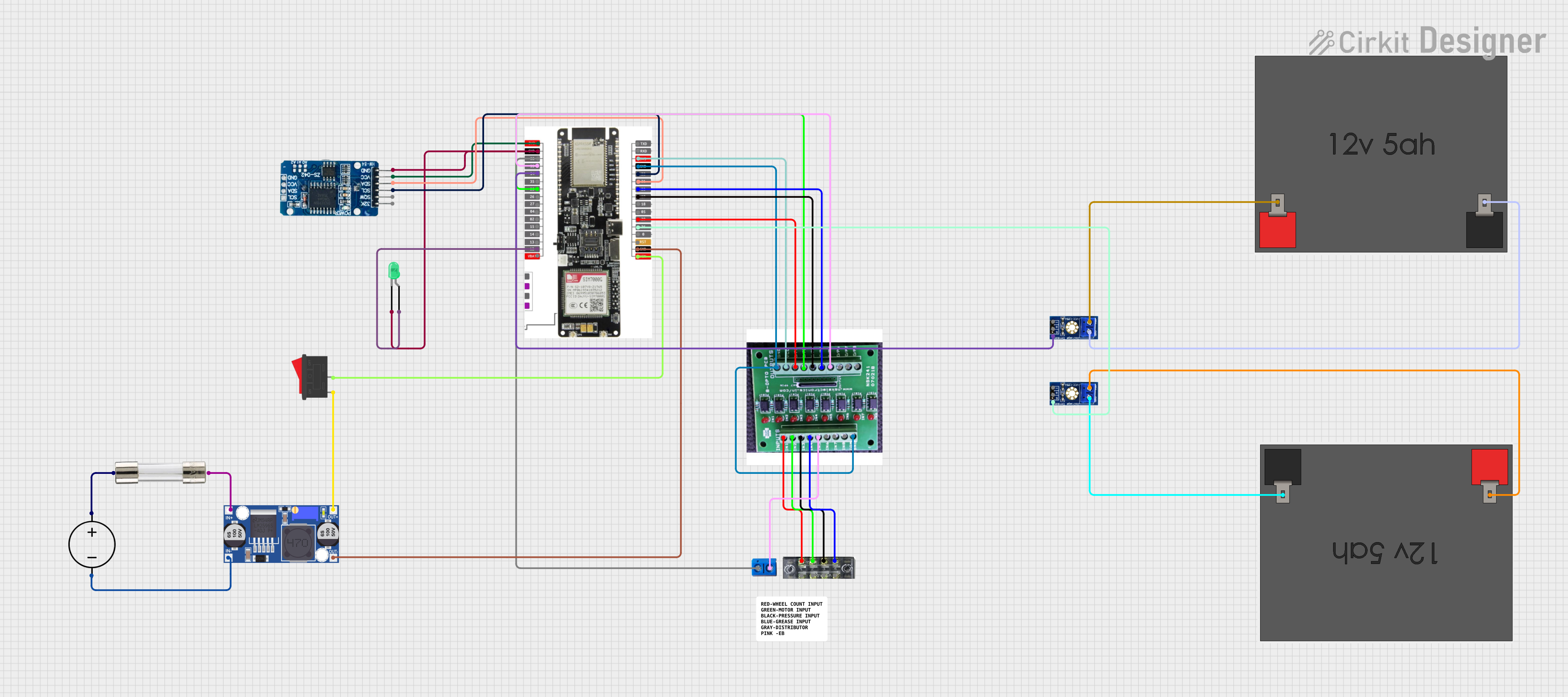
 Open Project in Cirkit Designer
Open Project in Cirkit Designer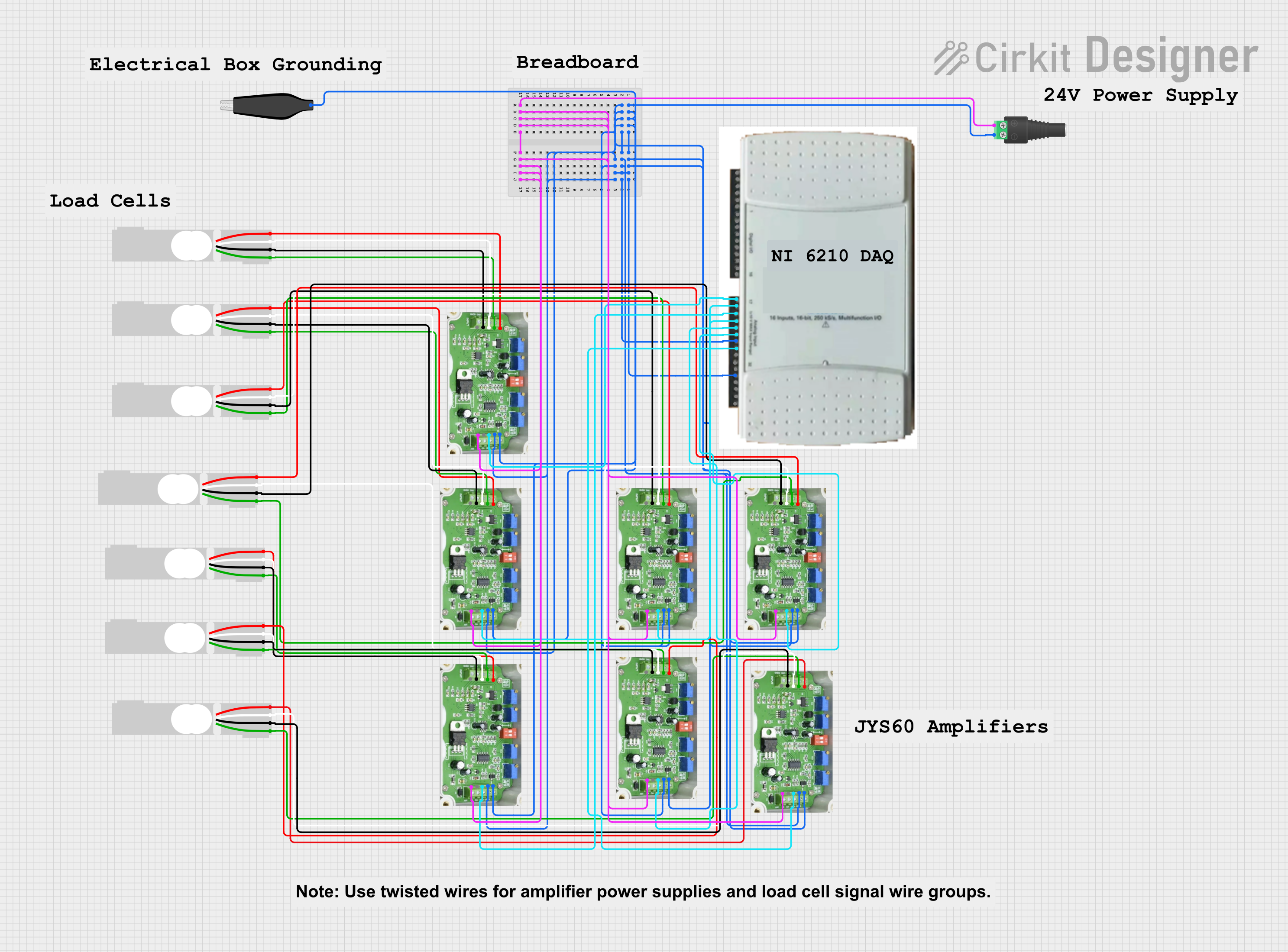
 Open Project in Cirkit Designer
Open Project in Cirkit Designer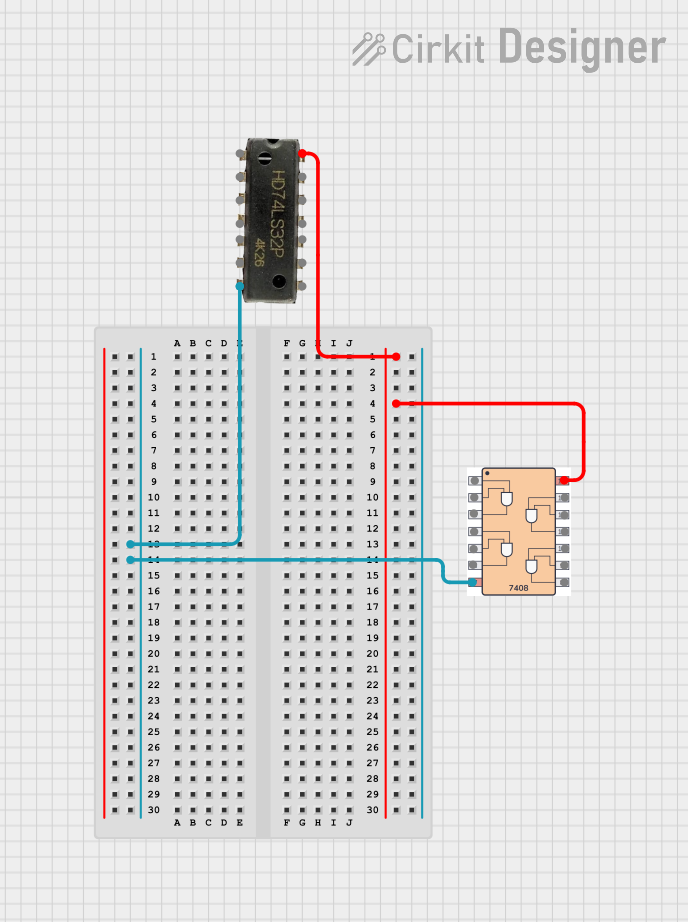
 Open Project in Cirkit Designer
Open Project in Cirkit DesignerExplore Projects Built with MUX ADG708

 Open Project in Cirkit Designer
Open Project in Cirkit Designer
 Open Project in Cirkit Designer
Open Project in Cirkit Designer
 Open Project in Cirkit Designer
Open Project in Cirkit Designer
 Open Project in Cirkit Designer
Open Project in Cirkit DesignerCommon Applications
- Audio and video signal routing
- Data acquisition systems
- Communication systems
- Test and measurement equipment
- Industrial control systems
Technical Specifications
Key Technical Details
- Supply Voltage (VDD): 2.7 V to 5.5 V
- On-Resistance (RON): 2.5 Ω (typical at 5 V)
- On-Resistance Flatness: 0.5 Ω (typical at 5 V)
- Switching Time: 20 ns (typical at 5 V)
- Bandwidth: 200 MHz
- Power Consumption: 0.01 µW (typical in standby mode)
- Operating Temperature Range: -40°C to +85°C
- ESD Protection: 2 kV (HBM)
Pin Configuration and Descriptions
The ADG708 is available in a 16-lead TSSOP or LFCSP package. Below is the pin configuration and description:
| Pin Number | Pin Name | Description |
|---|---|---|
| 1 | S1A | Source 1 for channel A |
| 2 | S2A | Source 2 for channel A |
| 3 | S3A | Source 3 for channel A |
| 4 | S4A | Source 4 for channel A |
| 5 | D1 | Drain for channel A |
| 6 | VSS | Ground (0 V reference) |
| 7 | IN1 | Logic control input for channel selection |
| 8 | IN2 | Logic control input for channel selection |
| 9 | EN | Enable pin (active low) |
| 10 | VDD | Positive supply voltage |
| 11 | D2 | Drain for channel B |
| 12 | S4B | Source 4 for channel B |
| 13 | S3B | Source 3 for channel B |
| 14 | S2B | Source 2 for channel B |
| 15 | S1B | Source 1 for channel B |
| 16 | NC | No connection |
Usage Instructions
How to Use the ADG708 in a Circuit
Power Supply:
- Connect the VDD pin to a power supply within the range of 2.7 V to 5.5 V.
- Connect the VSS pin to ground (0 V reference).
Channel Selection:
- Use the IN1 and IN2 pins to select the active channel. The logic levels are as follows:
- IN1 = 0, IN2 = 0: Channel 1 selected
- IN1 = 0, IN2 = 1: Channel 2 selected
- IN1 = 1, IN2 = 0: Channel 3 selected
- IN1 = 1, IN2 = 1: Channel 4 selected
- Use the IN1 and IN2 pins to select the active channel. The logic levels are as follows:
Enable/Disable:
- The EN pin is active low. Pull it low to enable the multiplexer. Pull it high to disable all channels.
Signal Routing:
- Connect the analog signals to the S1A–S4A or S1B–S4B pins.
- The selected signal will be routed to the corresponding drain pin (D1 or D2).
Decoupling Capacitor:
- Place a 0.1 µF decoupling capacitor close to the VDD pin to reduce noise and improve stability.
Example: Connecting the ADG708 to an Arduino UNO
The ADG708 can be controlled using an Arduino UNO to select channels and route signals. Below is an example code snippet:
// Define control pins for ADG708
const int IN1 = 2; // Connect to Arduino digital pin 2
const int IN2 = 3; // Connect to Arduino digital pin 3
const int EN = 4; // Connect to Arduino digital pin 4
void setup() {
// Set control pins as outputs
pinMode(IN1, OUTPUT);
pinMode(IN2, OUTPUT);
pinMode(EN, OUTPUT);
// Enable the ADG708
digitalWrite(EN, LOW); // Active low enable
}
void loop() {
// Select Channel 1
digitalWrite(IN1, LOW);
digitalWrite(IN2, LOW);
delay(1000); // Wait for 1 second
// Select Channel 2
digitalWrite(IN1, LOW);
digitalWrite(IN2, HIGH);
delay(1000); // Wait for 1 second
// Select Channel 3
digitalWrite(IN1, HIGH);
digitalWrite(IN2, LOW);
delay(1000); // Wait for 1 second
// Select Channel 4
digitalWrite(IN1, HIGH);
digitalWrite(IN2, HIGH);
delay(1000); // Wait for 1 second
}
Important Considerations
- Ensure the input signals are within the supply voltage range to avoid damage.
- Use proper decoupling capacitors to minimize noise.
- Avoid leaving unused pins floating; connect them to ground or a defined logic level.
Troubleshooting and FAQs
Common Issues and Solutions
No Signal Output:
- Verify that the EN pin is pulled low to enable the device.
- Check the logic levels on IN1 and IN2 to ensure the correct channel is selected.
High Signal Distortion:
- Ensure the input signal amplitude is within the specified range.
- Check for proper grounding and minimize noise in the circuit.
Device Overheating:
- Verify that the supply voltage does not exceed 5.5 V.
- Ensure the load connected to the drain pins does not exceed the current rating.
Unexpected Behavior:
- Check for loose connections or soldering issues.
- Confirm that unused pins are not left floating.
FAQs
Q: Can the ADG708 handle digital signals?
A: Yes, the ADG708 can switch both analog and digital signals, provided they are within the supply voltage range.
Q: What is the maximum signal frequency the ADG708 can handle?
A: The ADG708 has a bandwidth of 200 MHz, making it suitable for high-frequency signals.
Q: Can I use the ADG708 with a 3.3 V microcontroller?
A: Yes, the ADG708 operates with supply voltages as low as 2.7 V, making it compatible with 3.3 V systems.
Q: How do I reduce crosstalk between channels?
A: Use proper PCB layout techniques, such as separating signal traces and using ground planes, to minimize crosstalk.